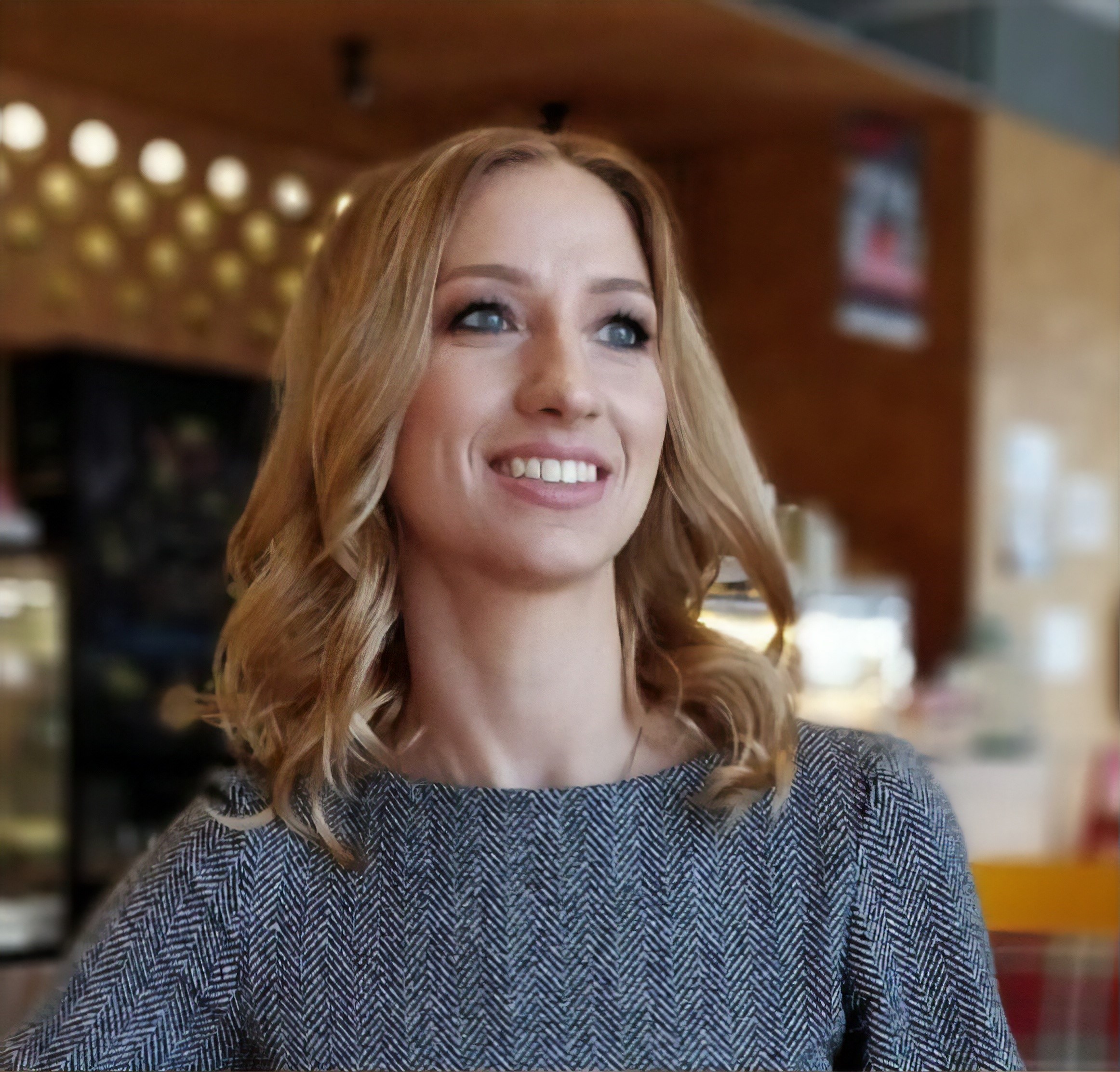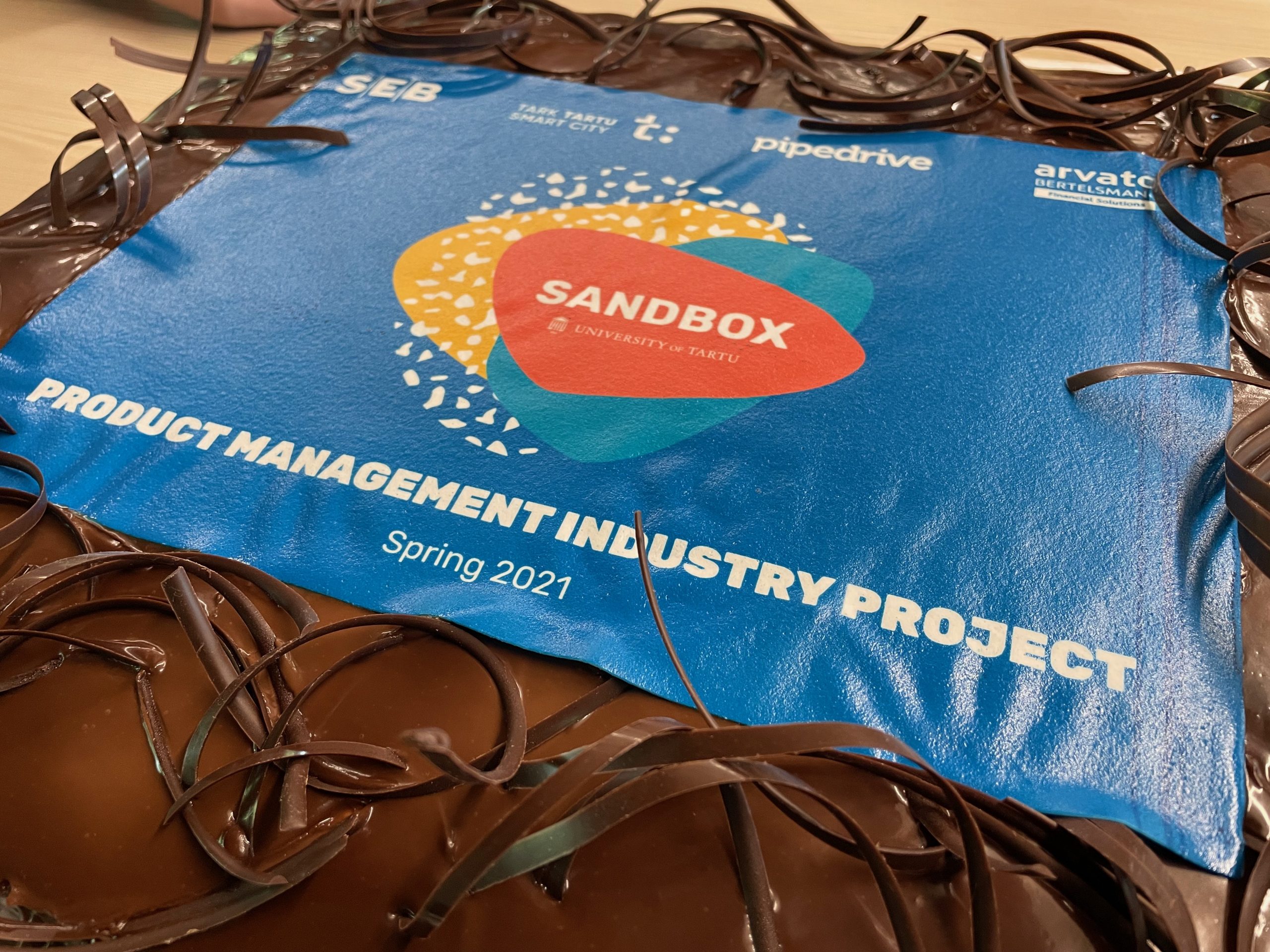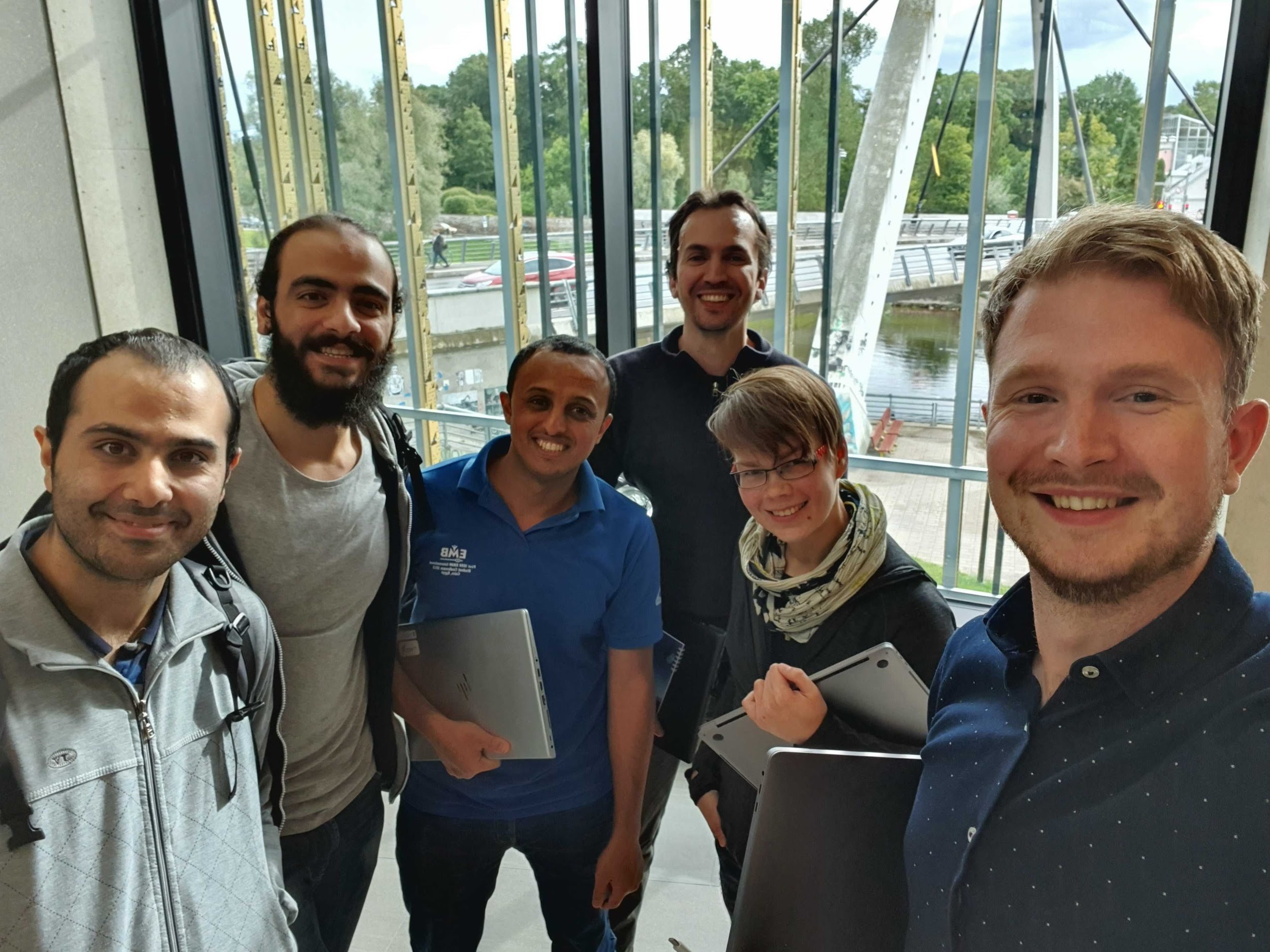Djeane Debora Onthoni has joined the Health Data and AI research group at the University of Tartu’s Institute of Computer Science, bringing international expertise in applying AI to health data analysis and precision medicine. He was interviewed by professor Jaak Vilo, Head of the Chair of Data Science.
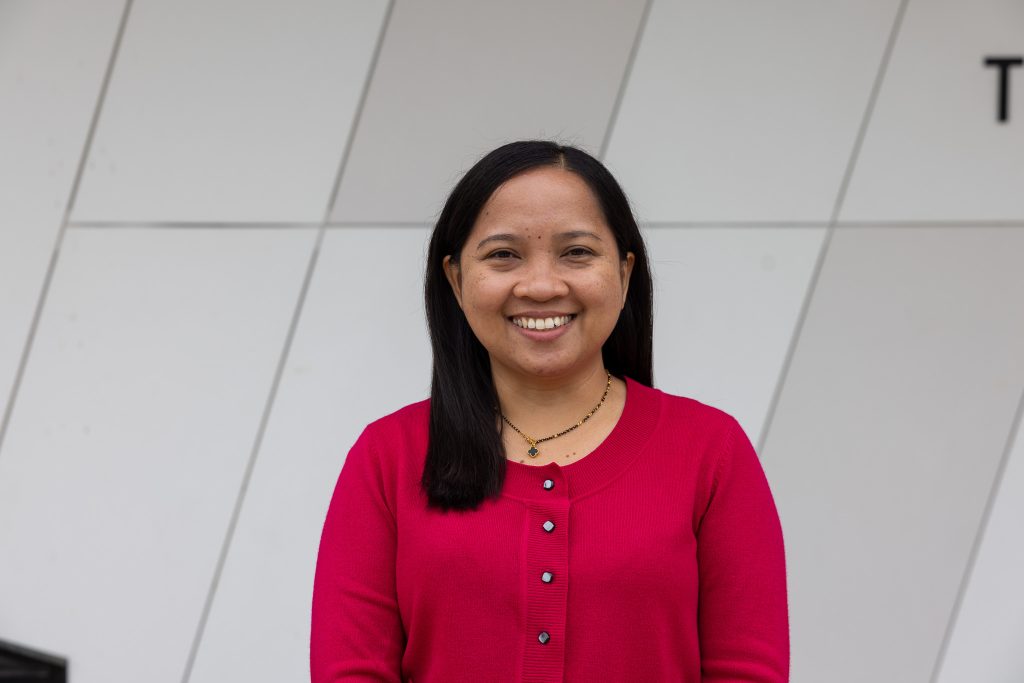
You recently came to Estonia to the Institute of Computer Science at Delta center of University of Tartu. Briefly describe your background and profession.
I am excited to be part of the Health Data and AI research group at the Institute of Computer Science, University of Tartu. My background lies in applying AI and statistical analysis to complex diseases using various types of health data. My research journey began with a Ph.D. in Computer Science and Information Engineering at Chang Gung University, Taiwan, where I specialized in computer vision. I then gained postdoctoral research experience at the National Health Research Institutes in Taiwan. Throughout my research career, I have continued to pursue my passion for precision medicine by conducting multimodal data analysis, including medical imaging, Electronic Health Record (EHR), genomic data, and clinical data from the Taiwan Biobank, the UK Biobank, and the Estonian Biobanks.
What guided you to this kind of area and how has the road been to get where you are now?
My journey into the field of AI in health data has been driven by both curiosity and a strong sense of purpose. During my Ph.D. journey, I became fascinated by the potential of AI—rooted in statistical methods—to uncover patterns, support decision-making, and accelerate diagnosis through advanced technologies. I was especially drawn to the tangible impact these innovations can have on improving people’s lives.
Since realizing the power of this intersection between AI and healthcare, I have been committed to exploring it further. The path has not always been straightforward. Working across disciplines and translating technical findings into real-world clinical value has brought its share of challenges. However, each step has taught me something valuable. I am deeply grateful for my family, mentors, collaborators, and friends who have supported me throughout this journey.
What are the current limitations in this field, and what breakthroughs do you anticipate in overcoming these challenges?
From my perspective, one of the limitations in this field is the interpretability of AI models. To build trustworthy systems, it is crucial that models are interpretable—especially in clinical settings. This means the model’s predictions should be explainable in terms of clinical findings, allowing healthcare professionals to understand, trust, and effectively use AI in their decision-making.
Recent advances, including explainable AI (XAI) and other model interpretation techniques, have begun to incorporate domain knowledge into AI pipelines. These techniques improve model transparency and help bridge the gap between AI models and clinical practice, making the AI tools not only more accurate but also more interpretable and actionable.
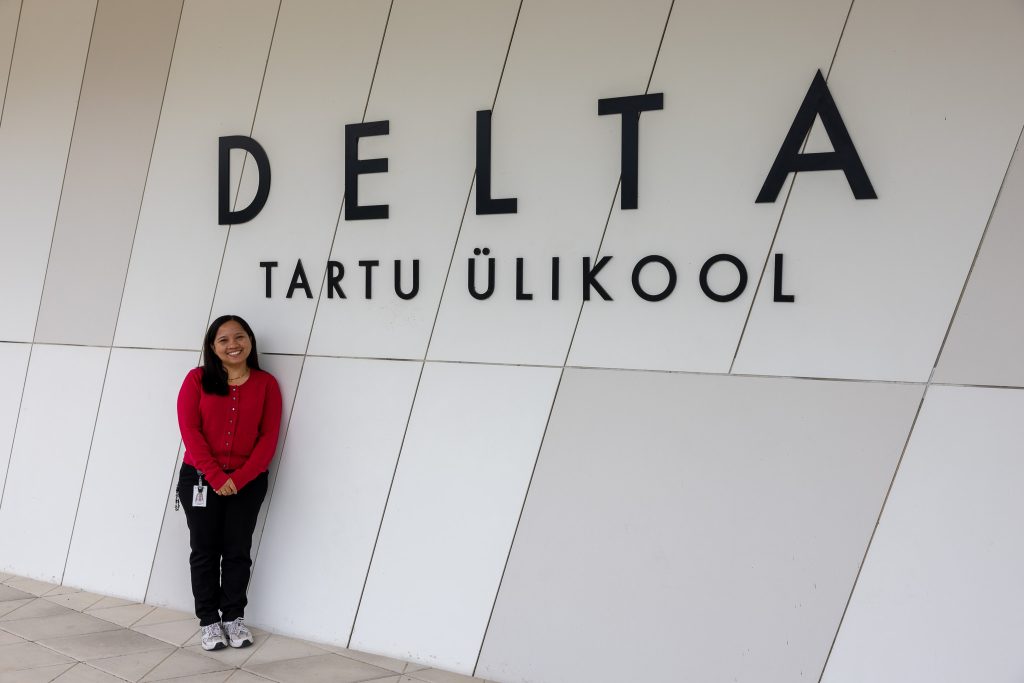
What kind of practices do you keep to foster creativity and innovation in your research?
Since technology is constantly evolving, I make it a habit to regularly read research articles and review journal submissions as a volunteer. This keeps me up to date with the latest practices and technologies which helps foster creativity by identifying gaps in the current research.
Additionally, hands-on practice through implementation is essential. Continuously applying and testing ideas allows me to deepen my expertise and turn concepts into tangible results. I also stay open to learning new tools and programming languages, as this flexibility broadens my approach and encourages innovation.
Have you noticed any big differences between countries (Indonesia, Taiwan) and what are your own expectations about collaborations in Estonia?
Yes, a significant difference lies in the population diversity. Indonesia has an extremely diverse population spread across many islands, which presents both challenges and unique opportunities for data standardization and analysis. Development of the Indonesia Biobank is still in its early stages, and Indonesia’s geography—consisting of approximately 17,000 islands—adds to the complexity of data collection and integration. In contrast, the Taiwan Biobank Predominantly represents individuals of Han Chinese ancestry. Taiwan also benefits from a highly developed National Health Insurance system and a mature biobank infrastructure.
Regarding Estonia, I am very optimistic about collaborations here. Estonia is known for its advanced digital infrastructure and innovative approach to health data, particularly with the Estonian Biobank. I expect that working in Estonia will offer excellent opportunities to collaborate on cutting-edge multidisciplinary projects, combining expertise and diverse datasets.
How have these different environments shaped your scientific perspective and approach?
Working in diverse environments—from Indonesia to Taiwan, and now Estonia—has significantly broadened my scientific perspective. Each county has offered unique insights into different approaches and values in research.
Early in my career in Indonesia, I learned to be resourceful and adaptable. In Taiwan, I experienced a fast paced, and well-structured research environment that empathized with interdisciplinary collaboration and practical applications using real-world data. Now, in Estonia, I am inspired by the openness to innovative research infrastructure which helps me think more globally about how AI solutions can be made scalable, practical and interpretable.
For students and early-career researchers aspiring to enter data science, AI in precision medicine or health Informatics, what advice would you offer to help them succeed and make meaningful contributions?
For students and early-career researchers entering AI in health or precision medicine, I recommend building a solid foundation in both data science and domain knowledge—understanding the medical context is just as important as mastering the algorithms. Stay curious, actively engage in interdisciplinary collaboration, and do not hesitate to ask questions or take on challenges that others might consider impossible. Meaningful contributions often come from those who can bridge the gap between technology and real-world healthcare needs.

You are an experienced lecturer with a strong background in higher education, specializing in both research and teaching. What kind of practices do you encourage to foster a collaborative learning environment in your classroom?
I encourage open discussions, group projects, and peer feedback to build trust and active engagement. Creating a safe space for questions and diverse opinions is key to collaboration.
For fun – if you could trade your current profession for a completely different career for a day, what would you choose and why?
I would choose to be a content creator. Although it is not traditionally seen as a formal career, it is a profession that constantly encourages creativity and openness to new ideas. Being a content creator also teaches valuable communication skills—specifically, how to express ideas from my mind in a way that is engaging, easy to understand, and appealing to a broader audience.
Has there been a significant milestone or a particularly valuable lesson in your research career that you would like to share with others?
One valuable lesson I have learned is not to be discouraged—even if others say your idea is not possible, keep exploring it until you prove and validate it yourself. Real innovations often begin with thinking differently. Stay curious, stay true to your vision, and approach your research systematically—you might uncover something truly meaningful and impactful for society.
Your latest funny or a good discovery in Tartu?
I discovered something funny in Tartu, Estonia (and it reminded me of life in Taiwan and Indonesia). Back home, if the sun is out—especially in the afternoon—we run for shade or grab an umbrella like it’s our best friend. But in Tartu? People are out sunbathing and enjoying it. I guess when sunny days are rare, you learn to treasure them!
